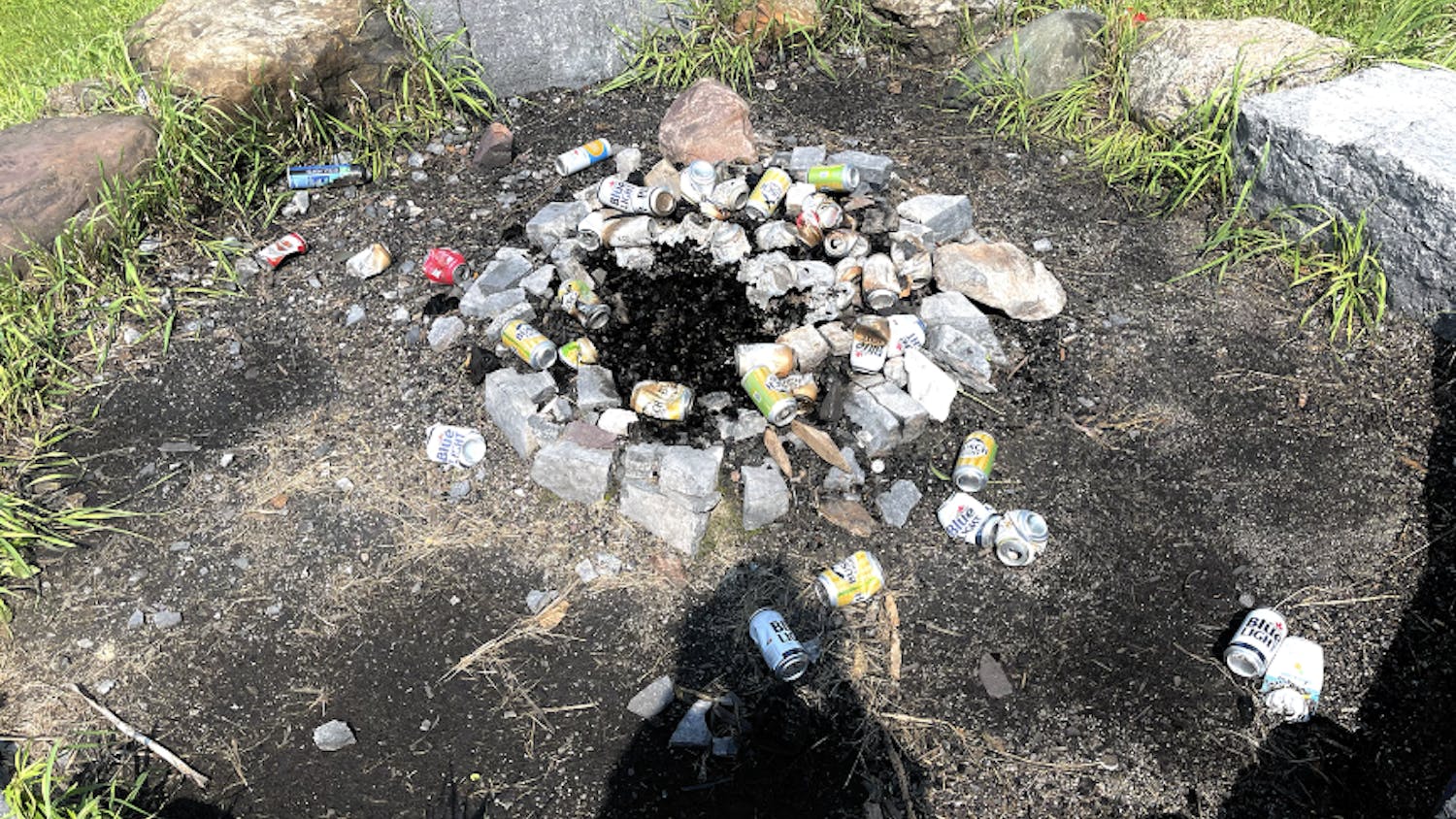Author: Justin Boren
Since 1993 the U.S. Border Patrol (USBP) has pursued a strategy of "Prevention Through Deterrence." The basic strategy is two-fold: building physical barriers and increasing surveillance using advanced technology along the border and increasing surveillance along major arteries leading away from the border will allow them to effectively combat illegal immigration into the United States. This, however, is far from accurate. Despite tripling the size and quadrupling the budget of the USBP in the last decade, the estimated number of illegal immigrants entering the U.S. annually has remained at a relatively constant 500,000. What Prevention Through Deterrence has produced is a situation in which human lives are lost in greater numbers along the border every year. Human smuggling networks are growing in size and resources and environmental degradation is occurring on a massive scale.
The USBP has, so far, been responsible for building "fences" in four high-traffic corridors including San Diego and El Paso. Rather than slowing immigration, these fences have pushed the influx of illegal immigrants into increasing remote and harsh environments. Crossing the vast desert often requires a trek of up to four days. Most illegal immigrants undertake this journey with just a plastic one-gallon jug of water and a small backpack. They are forced to cross through mountain ranges to avoid the USBP surveillance vehicles and aircrafts. In the mountains, temperatures can reach over 100*F during the day and drop to near freezing temperatures at night. The increasing frequency of treks through unknown and dangerous terrain has produced a spike in deaths, despite greater difficulty in locating the deceased. In 1994, there were only 23 reported crossing deaths. Since October 1, 2006 there have been 205 reported deaths in Arizona alone.
Due to the length and difficulty of crossing routes, immigrants are relying on human smugglers more than ever. Those who cannot pay are frequently forced to put up their homes, or the homes of relatives, as collateral for the journey. Those who cannot pay are often used as drug mules or sold into prostitution and indentured servitude upon reaching the United States.
The consequences for trafficking people across the border have increased as part of Prevention Through Deterrence. The increased risk for smugglers has led to higher prices and ruthless behavior. The slowest members of a group are left behind to die. Oftentimes smugglers will give their clients large, occasionally lethal, doses of amphetamines to keep them moving quickly. There are also accounts of smugglers taking the money of a group and leaving them alone in the middle of the desert.
The U.S.-Mexico border crosses some very rugged terrain. USBP efforts to secure the border involve large-scale construction projects and increased activity in National Parks and Wildlife Refuges. USBP vehicular traffic and construction projects have destroyed large parts of several National Parks, which has, in turn, led to a drop in tourism. They have also put several endangered species of animals and plants at great risk as their habitats are invaded by bulldozers, 4x4's, floodlights and impenetrable barriers.
Despite the rhetoric of the USBP and many U.S. Politicians, Prevention Through Deterrence is not accomplishing its objectives. Comprehensive immigration is necessary and urgent, not only to effectively combat illegal immigration but to protect human lives, national security and the environment.
Op-Ed Prevention through Deterence National defense strategy or international disaster?
Comments



